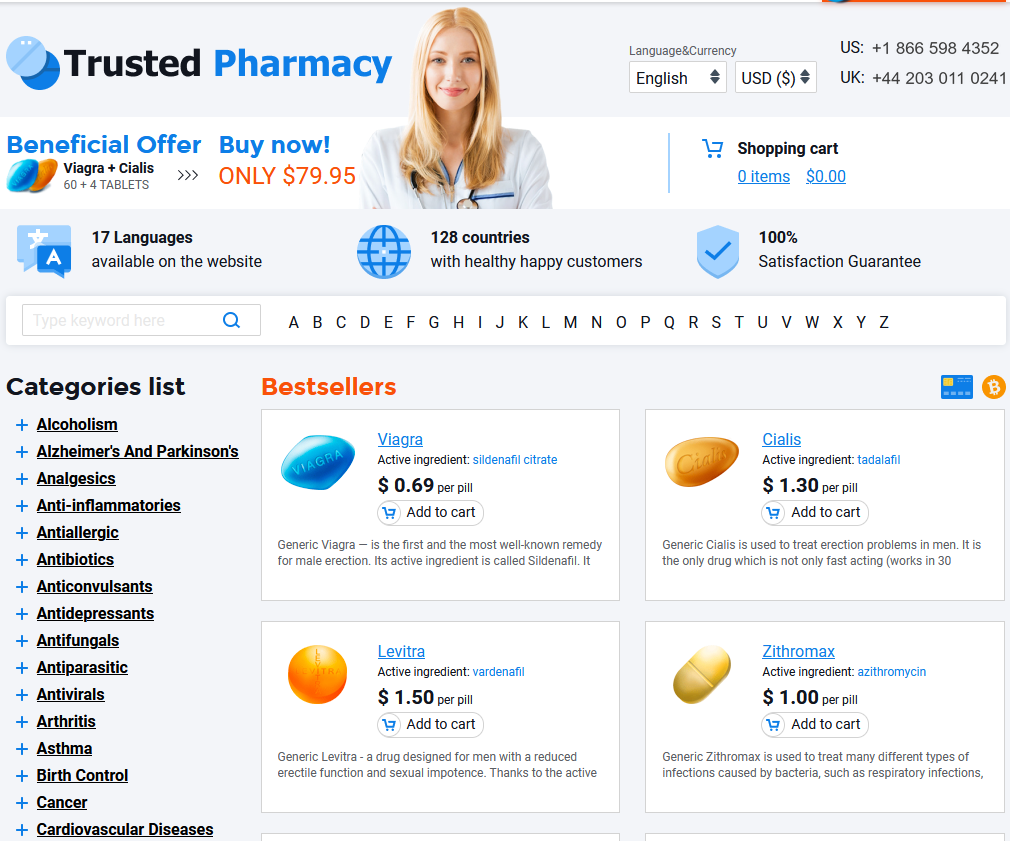To Visit Online Pharmacy Click HERE ↓
Ivermectin’s Role in Veterinary Versus Human Medicine
How Ivermectin Revolutionized Animal Health Worldwide
Introduced in the late 1970s, ivermectin quickly became a game changer for animal health, targeting a wide range of internal and external parasites with remarkable efficacy. Before its arrival, livestock and companion animals often suffered from infestations causing significant health issues and loss of productivity. With its broad-spectrum action, farmers and veterinarians saw dramatic improvements in animal welfare and herd yields.
The drug’s effectiveness led to global adoption, transforming the management of diseases like heartworm in dogs and gastrointestinal worms in livestock. Its versatility meant that preventive care became more feasible, reducing the burden of parasitic infections across continents. As ivermectin became standard in veterinary protocols, the quality of animal-derived food products also notably improved.
Below is a table summarizing some key veterinary uses of ivermectin:
| Animal Species | Main Parasites Targeted | Benefits Observed |
|---|---|---|
| Cattle | Worms, Lice, Mites | Higher weight gains, better milk yield |
| Dogs | Heartworm, Mange | Longer, healthier lifespan |
| Horses | Strongyles, Bots | Improved performance, fewer colic cases |
Human Applications: from Parasitic Diseases to Controversy

Ivermectin has played a transformative role in human medicine, first gaining attention for its remarkable ability to treat parasitic infections such as river blindness and lymphatic filariasis. Its introduction provided relief to millions across Africa, Asia, and Latin America, essentially eradicating diseases that once devastated entire communities. The medication’s unique mechanism—paralyzing and killing parasites without significant harm to human hosts—has made it a vital tool in global health programs.
However, ivermectin’s journey hasn’t been without contention. While its benefits in controlling parasitic diseases are well-documented, the drug became embroiled in controversy during the COVID-19 pandemic. Unsubstantiated claims and off-label use led to widespread debate, overshadowing its proven and celebrated successes. This shift in perception underscored the critical importance of evidence-based medicine and regulatory guidance.
Key Differences in Dosage and Formulation Explained
When ivermectin first appeared as a treatment, it was mainly formulated for large animals like horses and cattle, where sturdy pastes or injectables were most effective. In contrast, human use revolves around precisely measured oral tablets and topical creams, carefully standardized for safety and effectiveness.
The difference is not just in presentation—dosing matters immensely. Animals often require much higher or weight-dependent doses, reflecting their size and distinct metabolism. This means a sheep or cow might receive doses hundreds of times higher than a human patient.
Miscalculating dosage or using inappropriate formulations can cause serious harm, highlighting why veterinary and human versions of ivermectin should never be interchanged.
Safety Concerns: Risks for Animals Versus Humans

While ivermectin has long protected livestock from devastating parasites, its use comes with unique risks for each species. Animals like horses and dogs, for instance, can experience neurological side effects if given excessive dosages or exposed to improper formulations. Sensitivities to ivermectin also vary, with certain dog breeds—such as Collies—being far more susceptible to toxicity.
In human medicine, the margin for error is equally narrow. Overdosing can lead to dizziness, confusion, or even seizures, especially if veterinary products are accidentally consumed by people. Careful distinction between veterinary and human forms is essential.
Ultimately, both veterinarians and doctors rely on strict dosing guidelines to keep treatments safe for their patients.
Regulatory Oversight: Veterinary and Medical Guidelines
When it comes to ivermectin, strict protocols govern its use, with agencies such as the FDA and EMA setting clear standards for both animal and human applications. These regulations ensure that formulations, dosages, and distribution channels remain separate, preventing accidental misuse.
For animals, approval focuses on species-specific safety and efficacy, while human guidelines emphasize suitable therapeutic indications and monitoring adverse effects. As science advances, regulatory adaptations continually refine how ivermectin is prescribed and dispensed, safeguarding both public health and veterinary care.
| Aspect | Veterinary Use | Human Use |
|---|---|---|
| Approval Process | Species-Specific Trials | Clinical Human Trials |
| Oversight Agency | USDA, FDA (USA) | FDA, EMA |
| Prescription | Veterinarians | Medical Doctors |
Future Directions and Ongoing Research in Both Fields
Researchers are continually probing the boundaries of ivermectin’s potential, eager to uncover new therapeutic uses and refine its established applications. Clinical trials are assessing ivermectin’s ability to address emerging parasitic threats, while scientists aim to reduce resistance through innovative drug combinations and vector control strategies. At the same time, biotechnological advancements in drug delivery are enhancing safety and efficacy for both animals and humans.
As public health and veterinary landscapes shift, partnerships between global agencies and pharmaceutical companies are accelerating development of next-generation antiparasitic drugs. The hope is to expand treatment options, mitigate adverse effects, and ultimately safeguard both animal and human health on a global scale.

